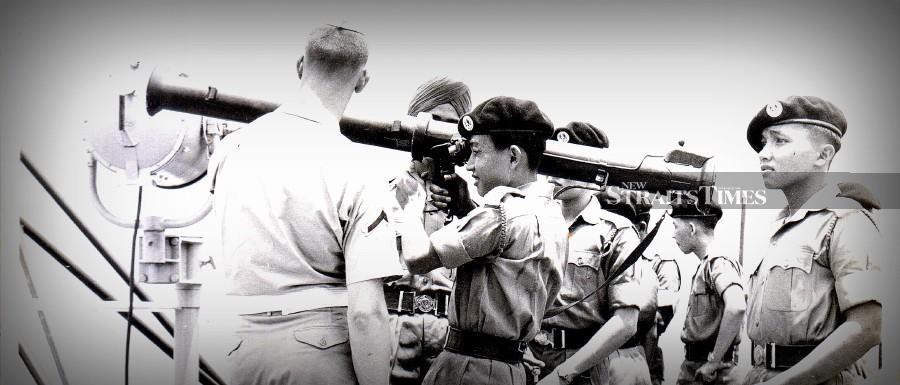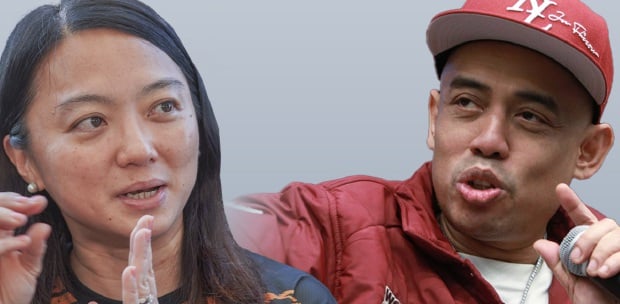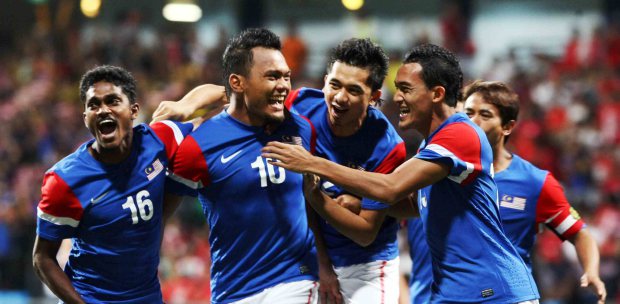ON July 3, 1952, the Federation Regiment Bill was approved by the Federal Legislative Council for the formation of the first multiracial force. The Federation Military College (FMC) in Port Dickson was then established by the High Commissioner of Malaya and director of operation, General Sir Gerald Templer.
It started with the Boys Wing to train young leaders for both the military and civil service in the government administration. In August 1957, the British recruiting team came to my school, King Edward VII School in Taiping, to recruit young men for the college. The idea of being an army officer appealed to me. I applied and was successful.
On Jan 2, 1958, I was admitted into FMC Form 4 Science. After four years, in Form Upper Six in 1961, I was awarded the first army scholarship in engineering. However, I had to undertake two years of officer cadet training and be commissioned as a second lieutenant by the king on Dec 8, 1963. This was followed by a four-year engineering course at Universiti Malaya. The army tagline was, "Be an officer first and then an engineer".
Being a soldier was very exciting. I had the opportunity to go to India for training as a combat engineer in the College of Military Engineering in Pune in 1969/70. Then I was selected for a postgraduate course in defence technology at the Royal Military College of Science in England in 1973/74.

The most unprecedented event was to fly home in December 1973 by RAF plane via RAF Seletar, Singapore and then by train to Taiping to marry my "Cinderella". We later flew back to London on a complimentary air ticket given by the army for my new wife.
A GREAT HONOUR
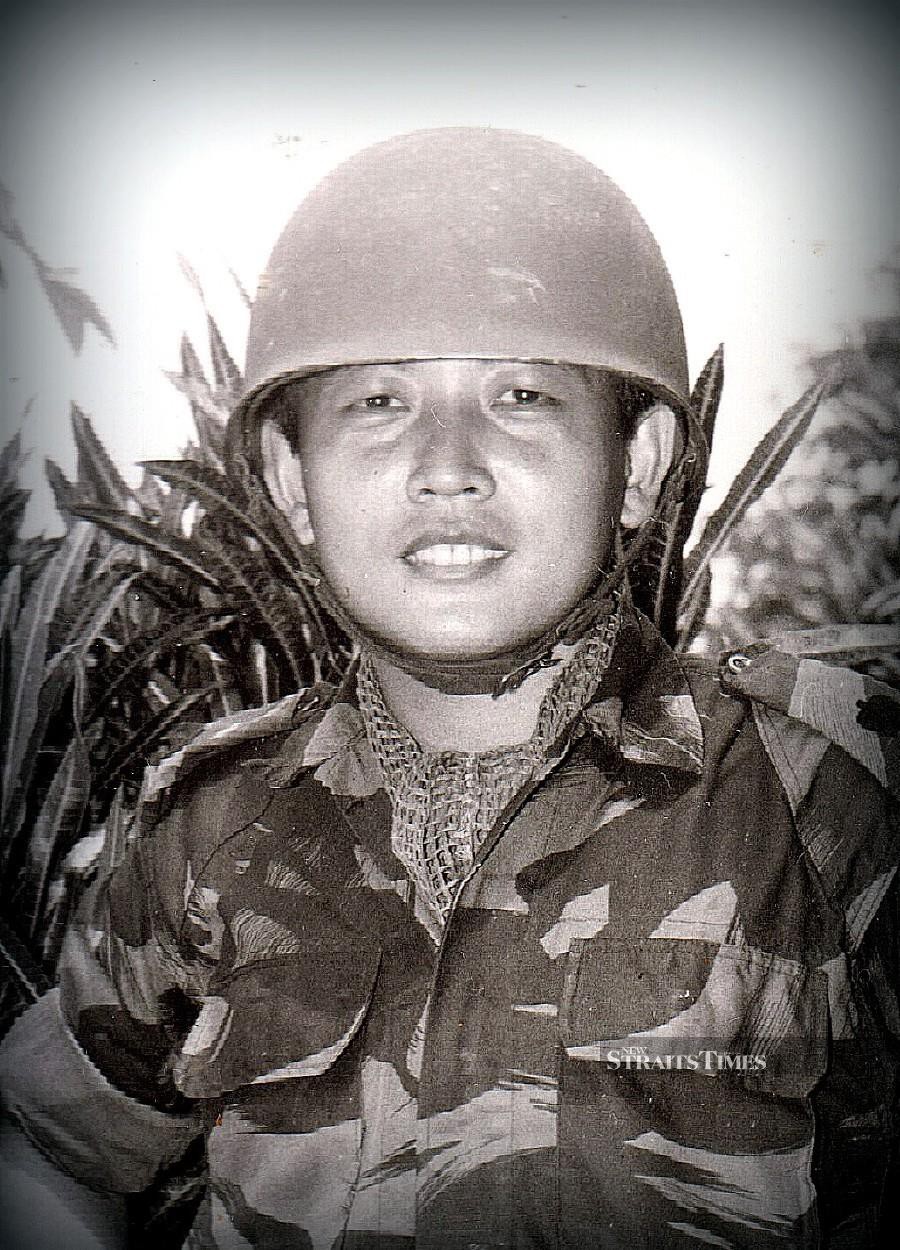
Service in the army had never been better. I had the opportunity to serve in Sabah and Sarawak during the Confrontation (1963-66) and the Second Malayan Emergency (1968-89). Projects were implemented to win the hearts and minds of the locals as a counter-insurgency strategy.
It was the brainchild of our deputy prime minister and defence minister, Tun Abdul Razak Hussein, in 1965. His tagline was "security and development go hand in hand". Among the notable projects were the 92m Bailey Bridge in Silabukan, Lahad Datu, in 1970 and the 6km road project in Lamag, Sabah in 1973.
I recall one of the most exciting episodes was a close encounter with the communists during my road project at Tebedu, Sarawak, in April 1966. They were counter-attacked by my protection party from the British Light Infantry Regiment. Two communist insurgents were killed and brought back for police action. I remember two British soldiers were subsequently awarded the Military Cross.
Back in Peninsular Malaysia, I was made the Commander of Royal Engineers (CRE) in 4 Infantry Division under General Officer Commanding Major-General Datuk Osman Zain in 1986/87. We were responsible for the area of operations in Kelantan, Terengganu and Pahang. On March 2, 1988, the communist chief of 6th Assault Unit, Chong Chor, was captured.
After 30 years of active service, I retired in November 1991. I had enjoyed a great army life, complete with the services of a personal batman and driver, with a Land Rover at my disposal.
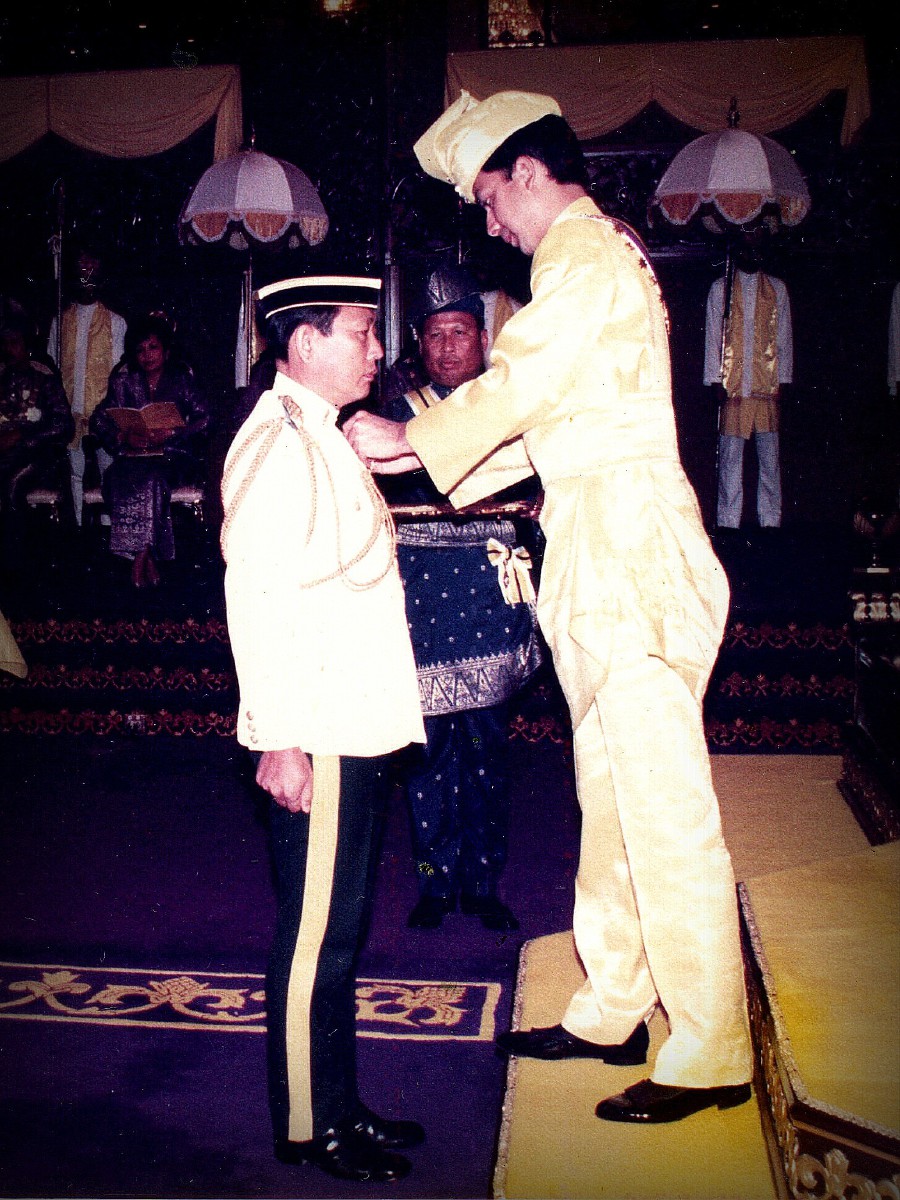
The greatest honour came when I got to meet the king and was awarded the Kesatria Mangku Negara (KMN) in June 1982. This was followed by a state award of Ahli Cura Si-Manja Kini (ACM) by the Sultan of Perak in April 1990.
"Only one life, 'twill soon be past. Only what's done for God, king and country will last."
FOR KING AND COUNTRY
"I joined the army where others dared not join,
I went where others dared not go,
And I did what others dared not do.
I asked for nothing from whoever had nothing to give,
As I thought of eventual darkness if I fell being unknown.
I had seen the face of death and felt the stench of fear;
I had enjoyed the taste of love from loved ones far and near,
I had cried and suffered but hoped for the best to come,
I had lived many lives but soon they were forgotten.
Alas, someday, I would be able to say,
That I was proud of what I was,
A Soldier in the service of my king and country!"
(Poem by Lieutenant Colonel Raymond Goh Boon Pah KMN
Commander Royal Engineers 4 Infantry Division, 1986)


